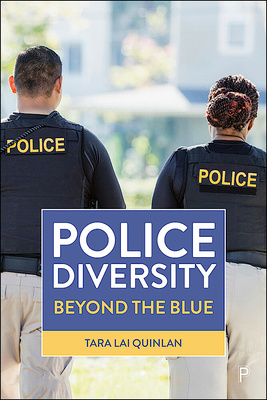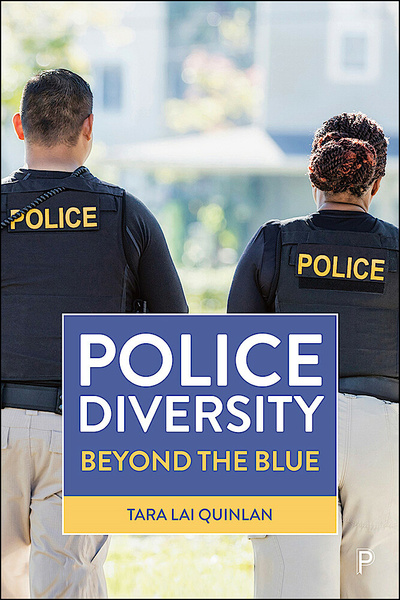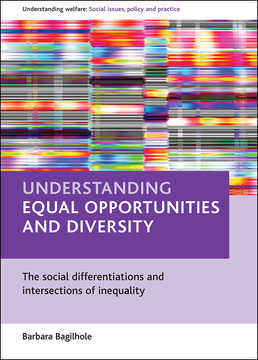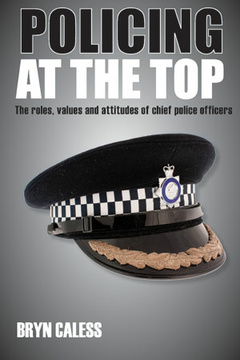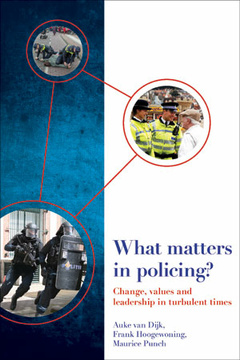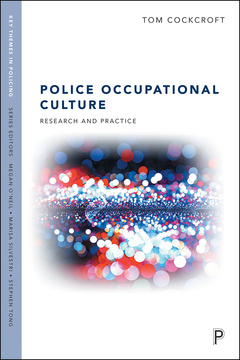Published
Jan 14, 2025Page count
306 pagesISBN
978-1447347958Dimensions
234 x 156 mmImprint
Policy PressPublished
Jan 14, 2025Page count
306 pagesISBN
978-1447347941Dimensions
234 x 156 mmImprint
Policy PressPublished
Jan 14, 2025Page count
306 pagesISBN
978-1447347989Imprint
Policy PressPublished
Jan 14, 2025Page count
306 pagesISBN
978-1447347989Imprint
Policy PressIn the media:
'Met police: Casey review shows how ‘warrior culture’ drives policing in the UK' in The Conversation
'What minority ethnic police officers face on the job – and how to fix policing culture' in The Conversation
On the blog:
Reducing the disproportionate policing of Black children
Tensions between police and diverse communities in both the US and UK require innovation about ways to improve relations. While police diversity is often discussed as a potential solution, these discussions lack theoretical and empirical support.
This volume presents an original discussion of race, gender, sexual orientation and class diversity and shows that police diversity can have meaningful impacts on the decision-making, outcomes and legitimacy of police forces.
Drawing on theoretical and empirical research including interviews with diverse police leaders, this book examines how police diversity can help shift traditional policing cultures. It also considers obstacles to police reform, revealing how championing meaningful diversity can positively impact the lives of policed communities.
“The demographic makeup of the police compared to the population policed has always been seen as a key factor in the legitimacy and effectiveness of policing. As this vital book discusses, in the recent decades of increasing socioeconomic and cultural conflict, police legitimacy has been in a state of permanent crisis. Closing the gap between the population and police in terms of ethnicity, gender, sexuality and education has been one of the most commonly suggested reforms. This book offers a comprehensive analysis of the likelihood that increasing police diversity could significantly enhance their legitimacy in particular by changing traditional police culture. It covers the recent debates and research on this issue comprehensively and lucidly. An impressive scholarly achievement, it will be of great value to police scholars, practitioners and policy makers.” Robert Reiner, London School of Economics and Political Science
“In this impressive volume, Professor Quinlan combines her formidable expertise on policing with an effective combination of disciplinary approaches and methodologies to thoroughly examine a topic of considerable societal import – the poor demographic representativeness of police populations in the UK and US. Quinlan rightly identifies crucial factors, including culture, leadership, and history, to explain why diversifying policing is so difficult yet so needed.” Jack Glaser, University of California, Berkeley
Tara Lai Quinlan is a qualified lawyer and Associate Professor in Law and Criminal Justice at Birmingham Law School, University of Birmingham.
1. Understanding and Defining Police Diversity
2. Police Culture
3. Police Legitimacy, Culture and Representativeness
4. Racial and Ethnic Minorities in Policing
5. Women in Policing
6. LGBTQ+ Officers in Policing
7. Social Class in Policing
8. Diversity and Representative Bureaucracy
9. Conclusion







